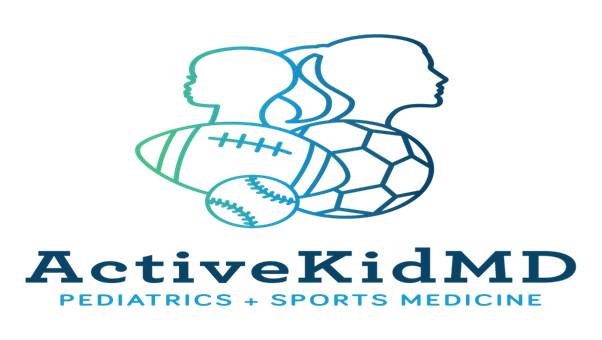Getting Defensive about ACL Injuries in Soccer
Soccer players, coaches and families take notice: two video analysis reviews of Anterior Cruciate Ligament (ACL) injuries confirmed long-time suspected vulnerability with off-balance single-leg landing, but also added a new twist: certain defensive movements may also be a previously unrecognized culprit.
Both the April 2015 British Journal of Sports Medicine (analyzed males only) and May/June 2015 Sports Health (analyzed both males/females) articles found that around 3/4 of all ACL tears occur when the opposing team had the ball and the injured athlete was defending. The Sports Health group found that females were more likely to be defending when they injured their ACL in comparison to male counterparts.
Now, while certain forwards who are reluctant (or lazy) to come back on defense may be silently rejoicing at this news, let's take a deeper look at the particular defensive situations that produced ACL injuries:
- Tackling to separate the ball from an opponent, which often requires last minute adjustments in body position and technique
- Cutting to track an opponent
- Pressing situations where the defending player typically made a sidestep cut in order to reach the ball or to tackle an opponent
Non-contact pressing mechanism (right knee). (A) At−160 ms, the defending player is running forward at high speed towards the opponent in possession of the ball. (B) At initial contact, he strikes the pitch with his right heel and makes a sidestep cut in an effort to reach the ball or to tackle the opponent, but no player contact. (C) At 80 ms, he rotates the trunk towards his left leg and puts the entire load on his right leg. (D) At 240 ms the right hip and knee joints are in abducted positions and the ankle joint is in eversion (dynamic valgus without collapse). From Walden, et al,BJSM, April,2015
In addition to defensive play, being out of balance with single-leg movements was also a more common culprits:
- Regaining balance after kicking
- Landing after heading
In both the defensive or out of balance situations, the injured knee was more apt to be in a valgus (bent inward towards the opposite knee) and straight position.
"Danger position": inward movement (valgus) and straighter right knee relative to right hip and ankle.
So, what teaching points can be made for younger soccer players?
No, we are not going to give any excuses justifying not playing defense (probably much to the chagrin to some players....).
The results of both studies indicate that ACL injury preventive interventions should place focus on keeping the knee in a flexed (bent) position and having the kneecap centered right under the hip and over the foot without any collapsing inward through:
- General postural and neuromuscular control of the core and lower extremities;
Footwork and running technique during changes of direction in defensive playing actions, mimicking the pressing situation;
Maintaining balance during shooting, passing and ball clearing;
Jumping and landing technique during heading duels;
Promoting fair play in order to avoid fierce tackling from behind
The findings of these two studies further underscore the importance of evidence based ACL injury prevention studies that can readily be found without charge on the web.
Players and parents, do you ask your coaches and trainers to include these training techniques? Coaches and trainers, are you adding value to your program by emphasizing injury prevention? Any other drills that you think would contribute to proper balance, defensive postures, landing and tackling techniques?




